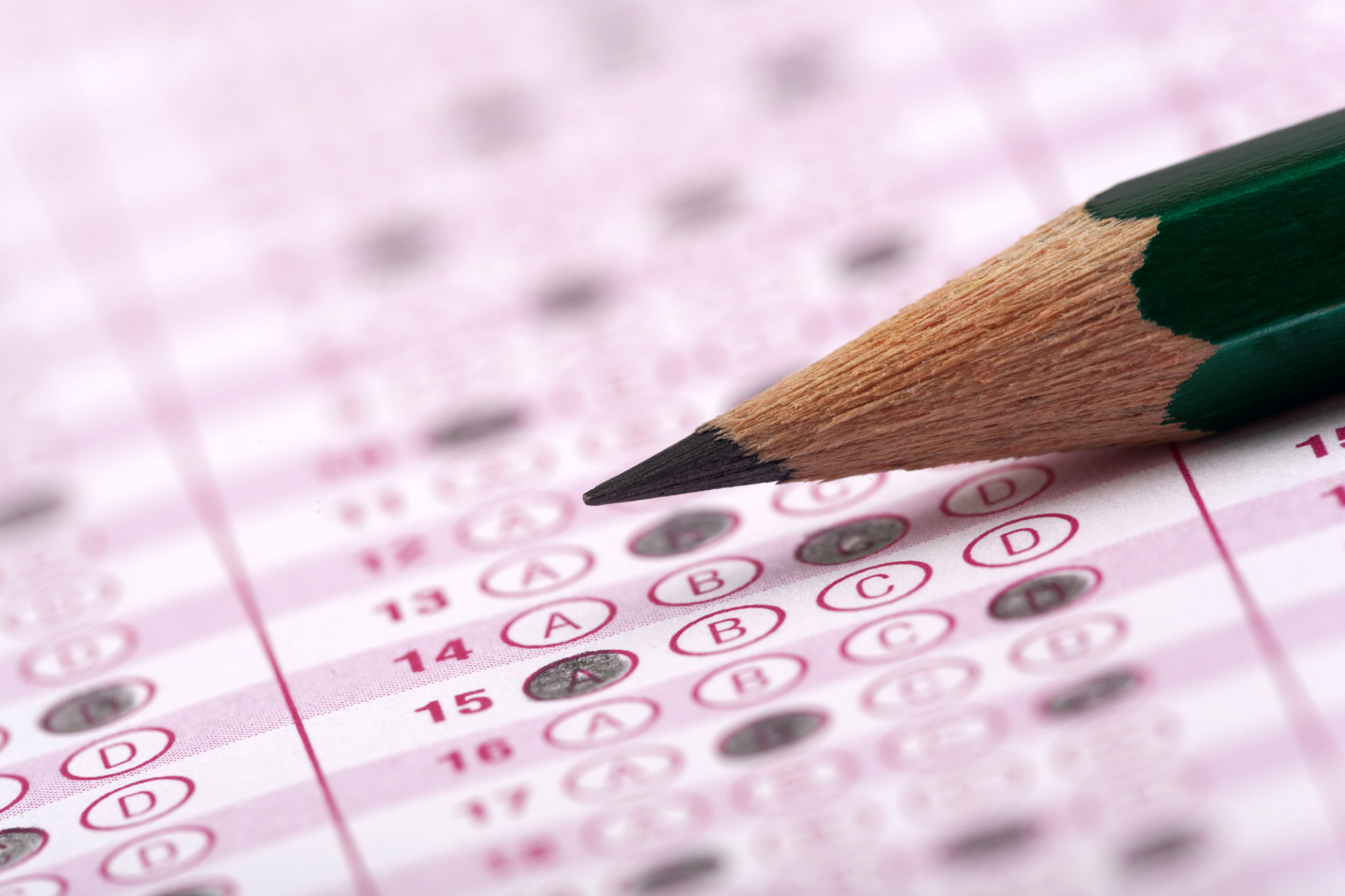Preparing for Your EEG Test: A Checklist for Patients
Understanding EEG Tests
Electroencephalogram (EEG) tests are essential diagnostic tools used to measure the electrical activity of the brain. They are often utilized to diagnose conditions such as epilepsy, sleep disorders, and other neurological issues. Understanding what an EEG involves can help patients feel more at ease on the day of their test.
An EEG test is non-invasive and typically takes about 30 to 60 minutes. During the procedure, small electrodes are attached to the patient's scalp to record brain wave patterns. The procedure is painless, although some patients may find the electrode placement slightly uncomfortable.

Before the Test
Preparation is key to ensuring the accuracy of your EEG test. It is vital to follow your healthcare provider's instructions closely. Below are some general guidelines to help you prepare:
- Sleep Well: Ensure you get a good night's sleep the night before your test, unless otherwise instructed by your doctor.
- Avoid Caffeine: Refrain from consuming caffeine-containing products, such as coffee, tea, and energy drinks, as they can affect your results.
- Maintain Clean Hair: Wash your hair the night before or the day of the test and avoid using hair products like gels, sprays, or oils.
On the Day of the Test
Arriving well-prepared for your EEG test can make the process smoother. Here are some important steps to follow:
- Comfortable Clothing: Wear loose-fitting, comfortable clothes that make it easy to relax during the procedure.
- Avoid Heavy Meals: It's best to eat a light meal before your test to avoid any discomfort while lying down.
- Follow Medication Instructions: Take medications as prescribed by your doctor unless instructed otherwise.

What to Expect During the Test
During the EEG, you will be asked to lie down comfortably in a quiet room. The technician will attach electrodes to your scalp using a special adhesive. It’s crucial to remain relaxed and still during the recording. You might be asked to perform specific tasks, such as opening and closing your eyes or breathing deeply.
The EEG machine will record your brain's electrical activity as a series of waves displayed on a computer screen. The technician will monitor these waves throughout the procedure. In some cases, you may be exposed to stimuli like flashing lights to see how your brain responds.

After the Test
Once the EEG is completed, the electrodes will be removed, and you can resume your daily activities immediately. There are no aftereffects from an EEG, so you can safely drive yourself home unless advised otherwise due to any additional procedures or sedation involved.
Your doctor will analyze the results of your EEG and discuss any findings at a follow-up appointment. This information is vital for accurately diagnosing and managing neurological conditions.
Conclusion
Being well-prepared for your EEG test ensures a smoother experience and contributes significantly to obtaining accurate results. By following these guidelines and understanding what to expect, you can approach your EEG with confidence and peace of mind.
If you have any questions or concerns about your upcoming EEG test, do not hesitate to reach out to your healthcare provider for more information.